Exploring why my dog plays with his food is a common question that many dog owners have.
It can be amusing to see a dog playing with his food by pushing it around the bowl with his nose or pawing at it.
However, understanding why they act this way can help owners better understand their furry friend and work towards solving the problem.
There are a few potential reasons a dog may engage in this type of play with their food, ranging from a lack of Enrichment to a medical issue.
By exploring the possible causes, owners can help their pup enjoy their mealtime with less of a mess and less stress.
What is considered “playing” with food?
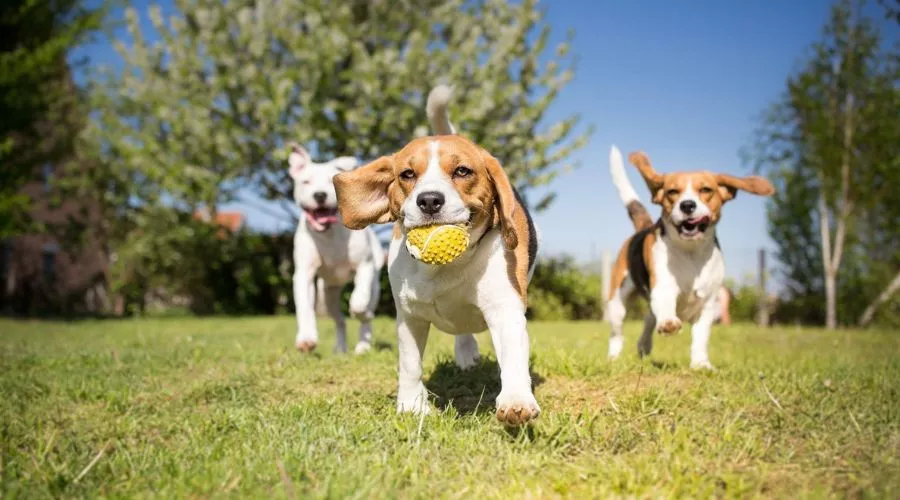
Playing with food can vary from pet to pet, but generally, it involves the dog treating its food as if it were a toy.
This can take the form of pawing at the food with a foot or a paw, flipping the food around the bowl using their nose, pushing the food around the bowl with their nose, or pawing at their food bowl to knock it over.
Some dogs will even drag their food bowl around the house or yard. While no one type of behavior is guaranteed to be playing with food, it would be worth exploring if owners notice their dog engaging in one of the above behaviors.
There are many potential reasons a dog may decide to play with their food, some of which could be treated with minor adjustments to its diet or schedule.
On the other hand, some medical issues can lead to food bowl play. All dogs are individuals, and there are a variety of factors that could lead to this behavior.
Owners curious about why their dog is playing with their food may want to explore the potential causes below.
Potential Causes of Playing with Food
There are a few potential causes of playing with food, and they can help owners better understand their pup’s behavior, including: –
Lack of Enrichment

One of the first possible causes of food bowl play is a lack of Enrichment. This is a fancy word for an activity that provides mental stimulation for the dog.
This can be as simple as taking toys out of the dog’s toy box once or twice a week or giving the dog time to chew on a bully stick.
For some dogs, their food bowl is the only source of Enrichment. This can cause stress as the dog becomes frustrated that it can’t access the food.
Food bowl play can help relieve this stress and boredom, and it can also help prevent the dog from developing stress-related illnesses like gastric dilation.
If owners want to prevent their pups from playing with their food, they should consider ways to increase Enrichment, such as adding puzzle feeders to the dog’s feed schedule.
Boredom
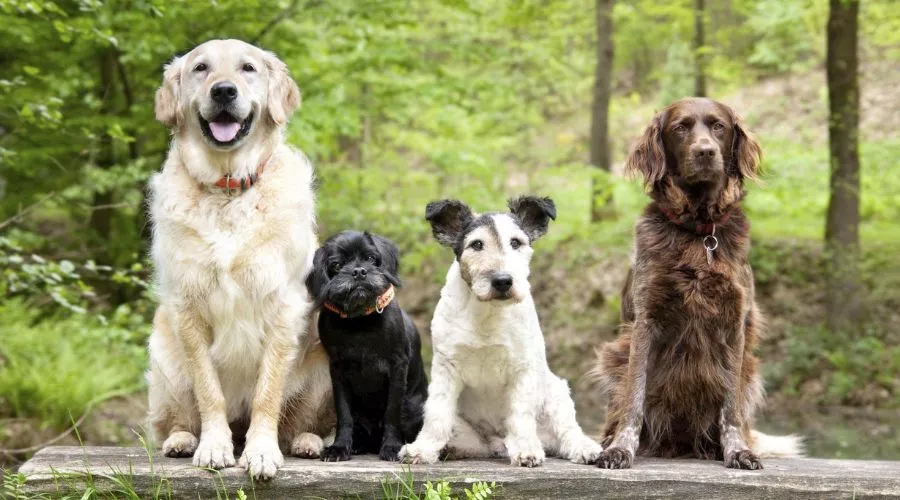
Many dogs require a certain amount of exercise, and some breeds have higher requirements than others.
If a dog is getting an appropriate amount of activity, it should have plenty of energy to expend throughout the day.
However, if a dog is getting enough exercise to meet its minimum requirement, it may have enough energy to get through the day but not enough to let off steam.
Bored dogs may look for ways to release their power, and playing with their food can be one way to expend this pent-up energy.
Food bowl play can be a mental workout for the dog and a way to release their energy and stress.
If owners notice their dogs playing with their food, they should look into increasing how much exercise their pup gets to help prevent this behavior from happening again.
Medical Issue
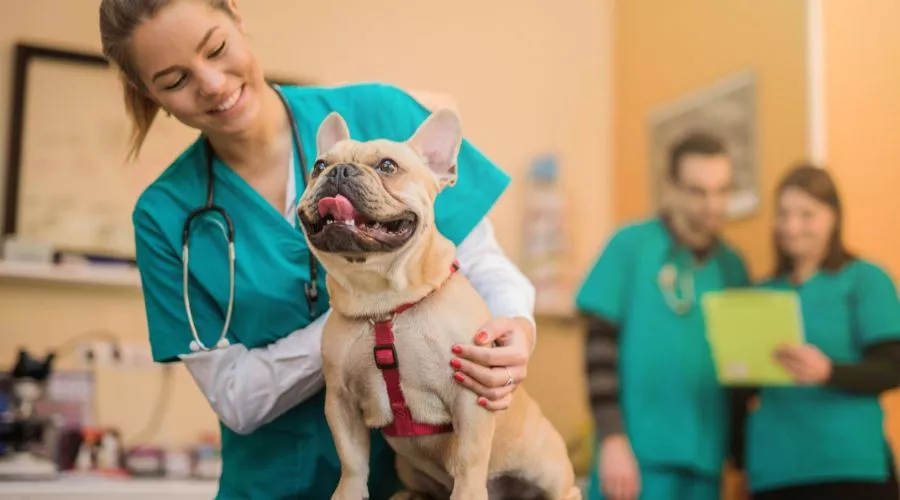
While a lack of Enrichment or boredom causes most food-bowl play, some medical issues can also lead to food-bowl play.
Gastric dilation, a condition sometimes referred to as bloat, is a severe medical issue affecting some dogs.
Gastric dilation can cause pressure on the dog’s stomach, making it look swollen.
This pressure can make it painful or difficult for dogs to eat, which may lead to food bowl play.
Owners should visit a veterinarian if they notice their dog playing with their food and showing signs of pain when eating.
This is especially true for larger dogs at a higher risk of gastric dilation.
How to Prevent or Stop Playing with Food
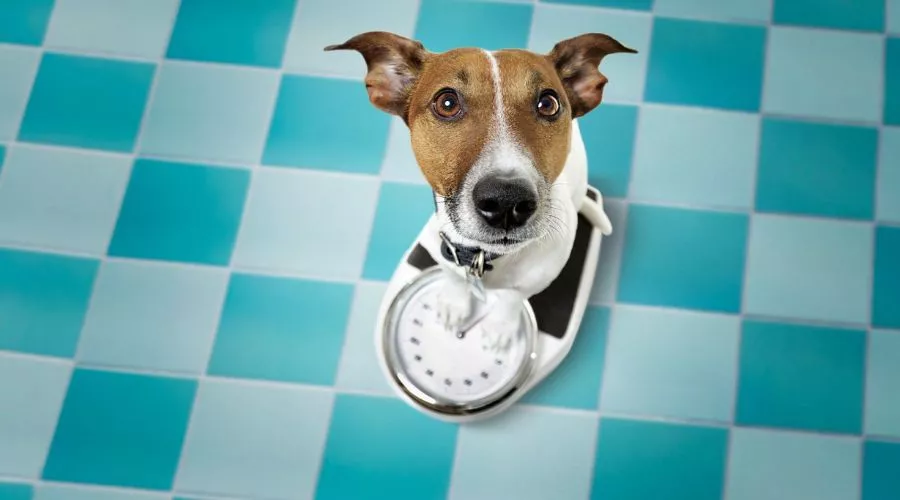
Owners who wish to prevent or stop their dogs from playing with their food should consider ways to enrich their dog’s diets.
This can include adding puzzle feeders to the dog’s diet, switching to high-quality canned food, or changing the dog’s feeding schedule.
Playing with food is a sign that dogs need more mental stimulation, so owners should try their best to avoid letting their pups play with their food.
It’s important to note that some dogs will always play with their food to some degree, but there are ways to minimize the mess and stress that come with it.
Increase Enrichment
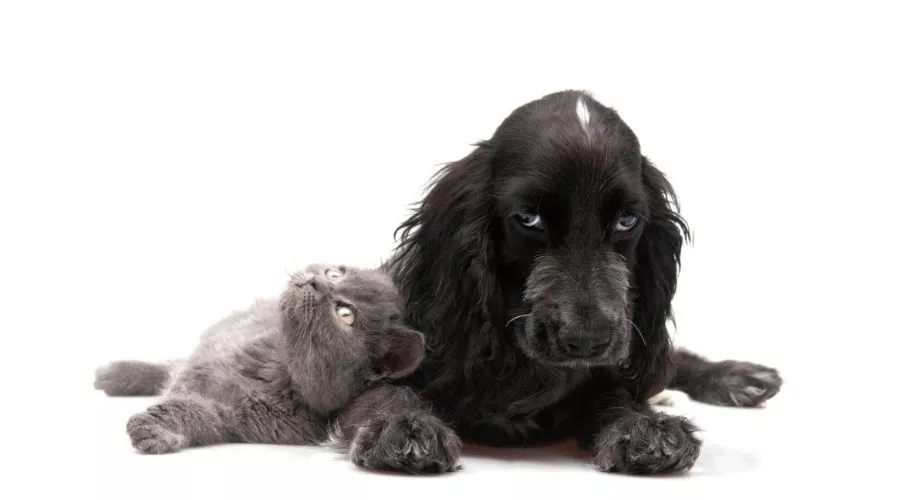
As noted above, Enrichment can help prevent food bowl play, but it can also help owners stop it in the future.
Owners should look at their dog’s daily routines and see where they can add Enrichment. For example, owners can take their dogs for a walk or play a game of fetch in the morning and early afternoon.
They can also use puzzle feeders to keep their dogs mentally active while eating. Puzzle feeders can be like a dog-friendly version of a toy box and come in a wide variety of themes and designs.
Owners who wish to stop their dogs from playing with their food should look into these enrichment options to help make eating more rewarding for the dog.
Provide Variety
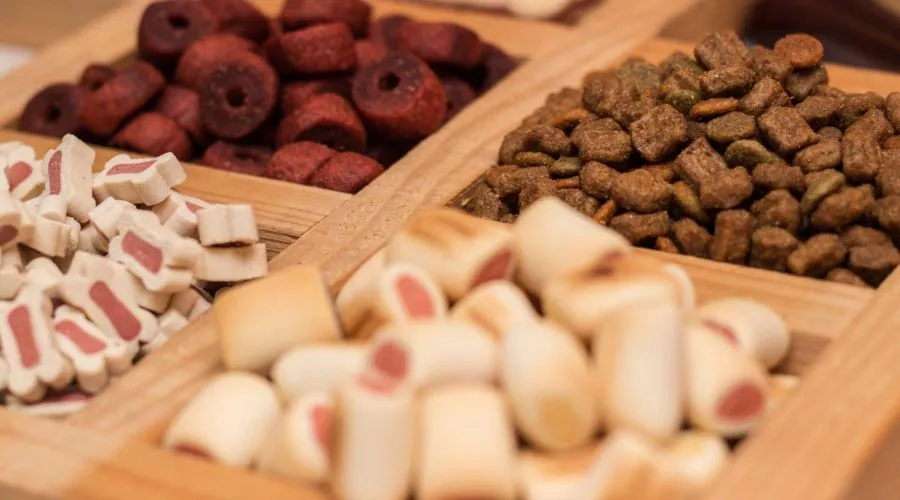
Owners who feed their dog’s high-quality kibble can sometimes notice them playing with their food.
This is a common issue with kibble, as it tends to be small and easy to flip around. Switching to high-quality canned food can help prevent this issue.
Canned food is more significant and less likely to be flipped around by a dog’s nose or paws.
It also comes in various flavors and textures, so dogs tend to eat it more slowly than kibble, which can also help prevent food bowl play.
Monitor Mealtime

Finally, owners can monitor their dog’s mealtime to prevent food bowl play.
Dogs are creatures of habit and tend to follow patterns, so owners can interrupt the behavior before their dog begins to play with their food.
Owners who do this consistently may find that their dog stops engaging in food bowl play thoroughly. It can be helpful to have a phrase to interrupt the dog, such as “no feeding time” or “time to eat.” Once the dog has finished eating and left the food bowl, owners can praise their dog for a job well done.
The consistent pattern can help owners stop their dogs from playing with their food in the future.
Moreover, owners can monitor the dog’s weight, as playing with food can cause the dog to over-eat. Owners concerned their dog is over-eating can talk to their veterinarian about a special diet to slow their dog’s eating.
Why is my dog playing with his food bowl?
Your dog may play with his food bowl for several reasons.
It could be because he’s bored and looking for something to do, or it could be because he’s anxious and trying to distract himself from whatever is stressing him out. It could also be a sign that he’s trying to show you that he’s hungry and wants more food!
If you’ve recently changed his food or feeding schedule, it might also be a sign that he’s confused and trying to figure out what’s happening.
Whatever the reason, playing with his food bowl is normal behavior for dogs, so there’s no need to worry.
If you’re concerned that he isn’t getting enough nutrition, you could try increasing the amount of food you give him at each meal.
If he’s looking for something to do, adding some new toys or engaging in interactive playtime is a great way to provide mental stimulation and keep him entertained!
FAQS
Why does my dog dance around her food?
It’s so cute when dogs dance around their food. While it might seem like your dog is just having a good time, there are a few potential reasons why your pup is doing this. The most common cause is that your dog is simply excited about the food in front of them. This is especially true if they start dancing around when they see you getting the food out or if they begin to do the same thing each time they eat. A study by the University of Vienna showed that even though dogs are wild animals, they quickly learn to associate people with food and thus become excited when they see you.
Why does my dog drop his food on the floor before he eats it?
It’s normal for dogs to drop their food on the floor before eating it. This behavior is called “scatter feeding,” a natural instinctive behavior that dogs have. It’s believed that dogs evolved this behavior from their wild ancestors who had to compete for food in the wild. In the wild, dogs would often drop their food on the ground to create a distraction for other predators and then quickly go back and eat the food before anyone else could get to it.
Why does my dog push his food with his nose?
It sounds like your pup has a very interesting behavior when it comes to his food! It’s actually not uncommon for dogs to use their noses to push their food around. It’s a normal way for them to explore and investigate their environment, especially when it comes to food. There are several possible explanations for this behavior. First, it could be that your pup is simply checking out the texture and smell of their food. Dogs have an incredible sense of smell, so they may be trying to get a better sense of what they’re about to eat. Second, your pup may be trying to move the food around in order to make it easier to eat. By pushing it into smaller pieces, they can more easily pick it up and consume it. Finally, it could be that your pup is just having fun with their food. Dogs love to play, and pushing their food around can be a fun game for them. No matter what the reason, it’s important to make sure your pup has a safe and comfortable place to eat their meals. If the food is being pushed off of the bowl or scattered around the floor, you may want to consider getting a more stable food dish.




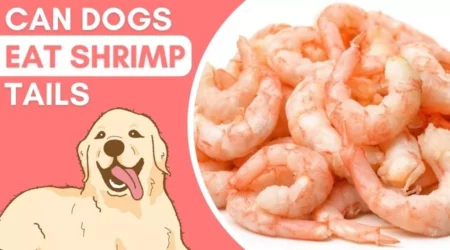
![What Happens If A Dog Eats Edibles? What Should I Do [2023]](https://cutepetbox.com/wp-content/uploads/2022/11/What-Happens-If-A-Dog-Eats-Edibles-450x253.webp)
